
rusak/iStock/Getty Images
Roast duck is a savory treat that many families reserve for holidays because it is time-consuming and messy to prepare. Ducks, unlike turkeys, have large reserves of fat; consequently, they don't just drip —they splatter. That translates into a large mess for the unwary home cook. A solution is to rotisserie-roast your duck outside on your grill. The mess is kept outdoors, yet you can still enjoy your rich, moist duck with its crackling brown skin.
Preheat your grill to medium or 300 degrees. If you are using a propane grill with many burners, turn off the middle burner and place your drip pan in the center of the grill. If you are using a charcoal grill, light 50 to 60 pieces of charcoal in a pyramid and let them burn to ash. Then, rake the coals into two piles — one pile toward the front of the grill and one toward the back. Place the drip pan in the center, directly under where the duck will roast. This will prevent the grease from causing flare ups which can burn the duck.
Remove the giblets. Next, remove the fat reserves that lie within the neck and body cavities. Simply pull out with your hands. The duck will still have plenty of fat to keep it moist but because the fat right inside the cavity will splatter as soon as the duck gets hot, it is best to remove.
Rinse the duck inside and out and pat dry with a paper towel. Then, use a sharp fork or knife to prick the skin all over the duck. This will allow the fat to drip out and crisp the skin. For extra-crispy skin, leave the duck in the refrigerator overnight to dry out.
Truss the duck, tying the legs together and tucking the wings into the legs. Trussing helps the duck cook evenly and prevents the bony areas, such as the wing tips, from burning. Apply marinade with your basting brush.
Place the duck on the rotisserie skewer and secure it with the clips, according to the manufacturer's instructions. Attach the skewer to the rotisserie assembly and turn it on.
Cover the grill and allow the duck to cook for 1 1/2 to 2 hours. If you are basting with a marinade, do it thoroughly after one hour. Monitor the cooking to ensure the flames are not flaring up too high and burning the duck. If the skin begins to brown too much, lightly wrap the duck with foil.
Take the temperature of the bird in several places, including the meatiest part of the thigh. Make sure the thermometer does not touch the bone because the temperature at the bone is usually not the same as the temperature of the meat. The internal temperature should be 175 degrees when you remove the duck from the grill. Place the duck on a dish and cover it with foil. It will continue cooking until it reaches the optimum 180 degrees. Allow the duck to sit for 10 minutes before carving and serving.
Related Articles
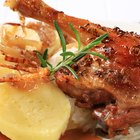
How to Cook a Crispy Duck in a ...
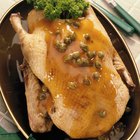
How to Cook Gadwall Duck in a Crock-pot

Can I Cook Duck in Low Temperatures to ...

How Do I Cook Duck Legs in a Dutch Oven?

How to Cook Chicken in a Crockpot & ...
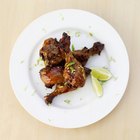
How to Cook Barbecue Chicken Drumsticks ...
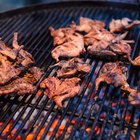
How to Cook a Partridge

How to Make a Blackbuck Antelope Roast
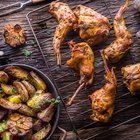
How to Cook a Whole Rabbit in the Oven
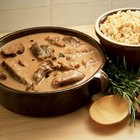
How to Cook a Deer Neck Roast in a Slow ...
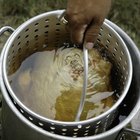
How to Deep-Fry Turkeys and Ducks
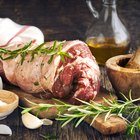
How to Cook Boneless Lamb Butterflied ...
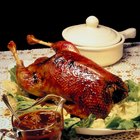
How to Cook a Crispy & Juicy Whole Duck
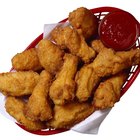
How to Make Chicken Wings in the Oven
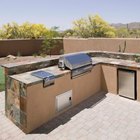
How to Grill Mahi Mahi With Planks

How to Slow Roast an Angus Roast

How to Cook Prime Rib Using an Oven ...

How to Marinate Duck Breasts in Orange ...
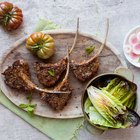
How to Grill Rack of Lamb
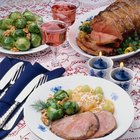
How to Cook an 8- to 10-Pound Beef ...
Writer Bio
Natalie Smith is a technical writing professor specializing in medical writing localization and food writing. Her work has been published in technical journals, on several prominent cooking and nutrition websites, as well as books and conference proceedings. Smith has won two international research awards for her scholarship in intercultural medical writing, and holds a PhD in technical communication and rhetoric.
Photo Credits
rusak/iStock/Getty Images